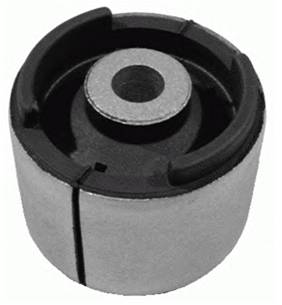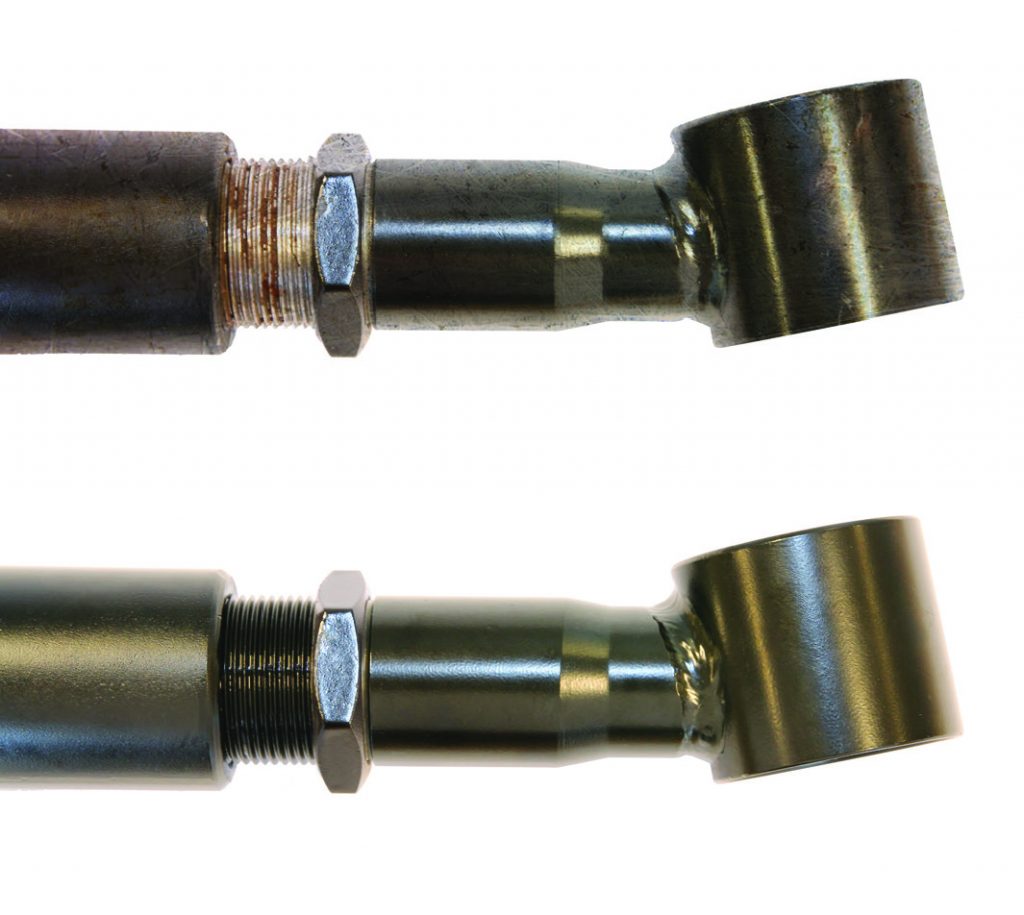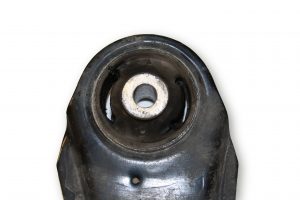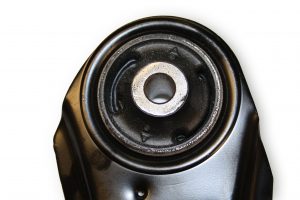Federal-Mogul identifies inherent design issues in several popular vehicle modules.
Federal-Mogul Motorparts’ steering and suspension brand, MOOG, has highlighted several inherent design issues with original parts on popular vehicle models in the aftermarket. The brand has identified what is causing the issues and has made significant design changes to the components to rectify the problem. Below are a few examples.
BMW trailing arm bush replacement
One challenge that technicians face is the time consuming, impractical process of replacing rear track trailing arm bushes on certain BMW models (E36, E46 and E83). To replace the bush, technicians are required to dismantle parts of the rear axle in order to gain access to the trailing arm. MOOG’s solution is to change the design of the bush, removing its collar. Now the component can be replaced using a specially designed tool and without dismantling parts of the rear axle, making the process quicker and safer.


Renault dust boot wear
Damage to dust boots on certain Renault models can cause water and small particles to penetrate the ball pin housing, which leads to corrosion of the ball joint, resulting in premature wear and increasing the likelihood of component failure. MOOG has added a plastic protection plate to the ball joint kit that provides a solid and smooth surface, avoiding damage to the dust boot and increasing component life.
Land Rover track control arm
MOOG identified that the adjustable design of a Land Rover Freelander’s rear track control arm is susceptible to rust – particularly the threaded part of the component, which is open to the elements. This creates difficulties when adjustments are required during an alignment. To rectify the problem, MOOG has applied a cataphoresis coating and grease to the thread, enabling maximum protection from corrosion and rust, whilst not affecting maneuverability of the component and ensuring a trouble-free adjustment during service.
Volkswagen wishbone bushings
MOOG recognised that improvements could be made to the design of the vertical bush fitted to popular VAG model wishbones. On the original component, the rubber section was manufactured with voided areas and inferior rigidity, resulting in excessive movement and in some cases this could cause unbalanced driving. MOOG has changed the material to a more rigid rubber and redesigned the vertical rubber bush to prevent excessive movement of the silent block. This results in a more stable driving experience and longer component life.
Mercedes-Benz dust boot design
MOOG diagnosed that when the ball joint oscillated to its maximum angle on certain Mercedes-Benz models, the dust boot could come into contact with surrounding components and become damaged. This can cause water and small particles to penetrate the ball pin housing and lead to corrosion and premature wear, causing the component to fail. In order to prevent contact with surrounding components, MOOG has changed the design of the boot. Doing this optimises performance and ensures longevity of component life.













